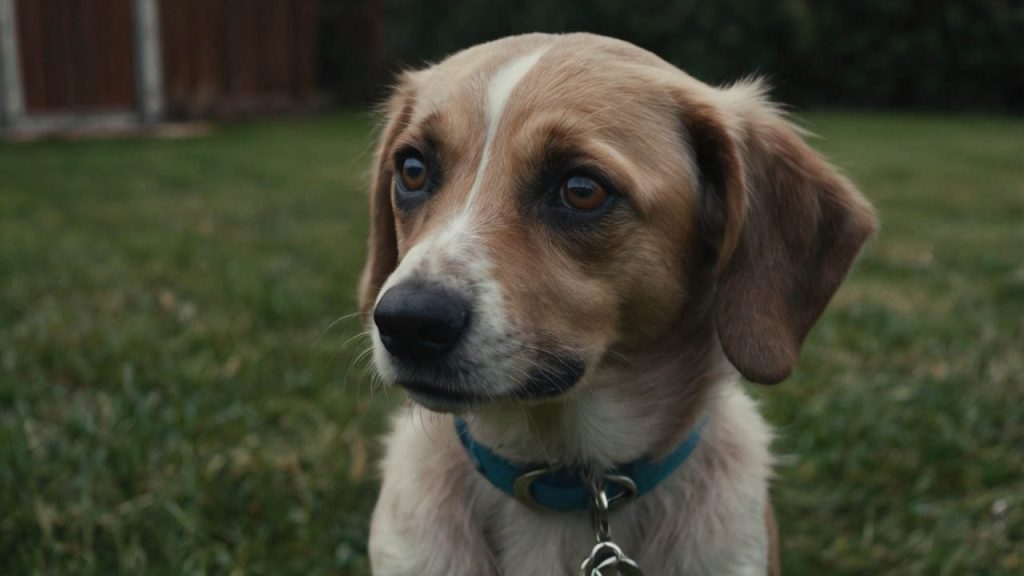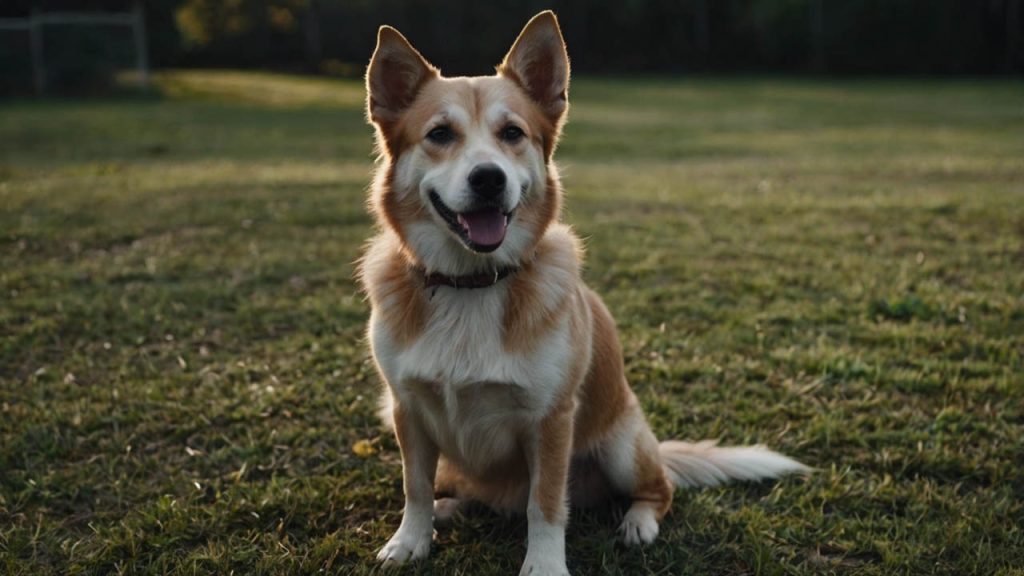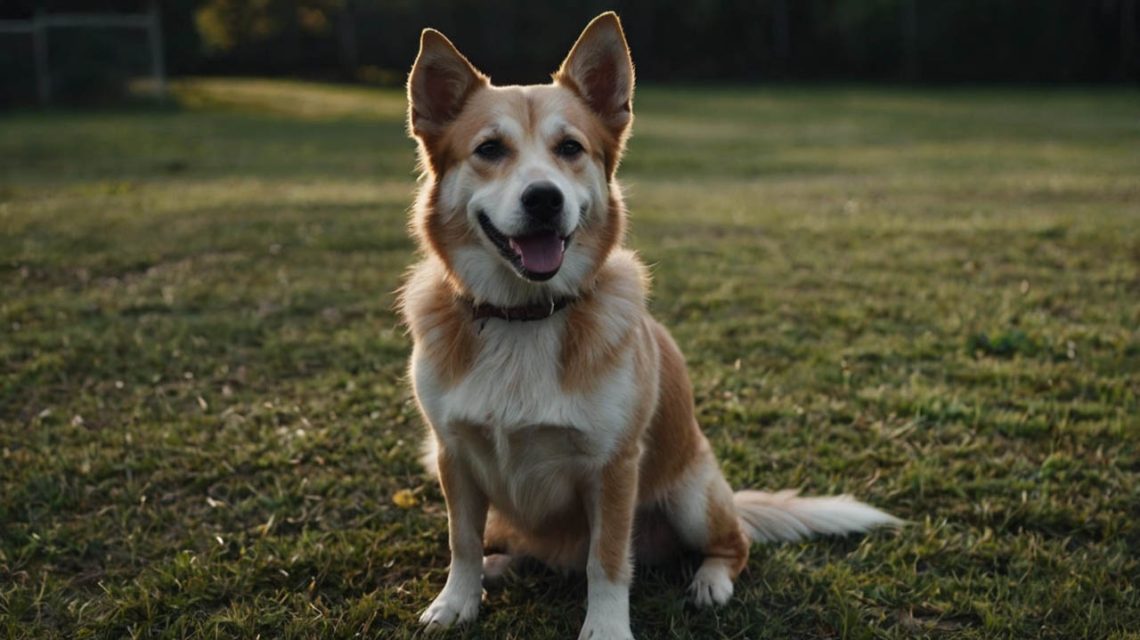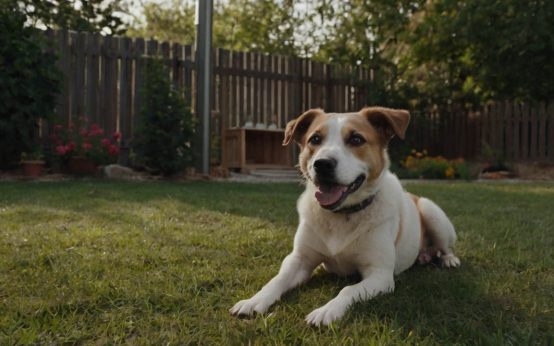How to Teach a Dog to Stay in the Yard: The Ultimate Guide to Off-Leash Freedom
Imagine this: you open your door, and your dog happily trots into the yard, stopping perfectly at the edge of your property to enjoy the sunshine, completely off-leash. There’s no frantic chasing, no panicked calls, and no fear of them darting into the street. This idyllic scene isn’t just a dream; it’s an achievable reality. The key to this freedom is learning how to teach a dog to stay in the yard. This comprehensive guide will walk you through a proven, positive-reinforcement-based storyline, transforming your training approach from hopeful to successful. Consequently, you will build a stronger bond with your dog while ensuring their safety.
This process, often called boundary training, is about clear communication and building trust, not about creating an invisible wall of fear. Therefore, by following these steps, you can give your dog the gift of freedom and yourself the gift of peace of mind.
Why You Must Know How to Teach a Dog to Stay in the Yard
Before diving into the “how,” it’s crucial to understand the “why.” Proper yard training is more than a convenient party trick; it’s a fundamental aspect of responsible pet ownership that directly impacts your dog’s safety and well-being. Ultimately, the effort you invest now will pay dividends for years to come.

The Core Benefits of Teaching Your Dog Yard Boundaries
First and foremost, the primary benefit is safety. A dog that understands its boundaries is significantly less likely to run into traffic, have a negative encounter with a neighborhood dog, or get lost. This training is a proactive safety measure.
Furthermore, it fosters a deeper bond. Training is a two-way street of communication. As you learn how to teach a dog to stay in the yard, you are also learning to read their body language, and they are learning to trust your guidance. This shared effort strengthens your relationship immensely.
In addition, it provides mental stimulation. Boundary training isn’t just physical; it’s a mental puzzle for your dog. They learn self-control and decision-making, which can reduce boredom and prevent destructive behaviors. According to the American Kennel Club (AKC), teaching impulse control is vital for a well-behaved companion.
Understanding the Risks of an Untrained Dog in the Yard
Conversely, a dog without boundary training is exposed to numerous dangers. The most obvious is the risk of being hit by a car. Similarly, they could ingest toxic plants from a neighbor’s yard, get into fights with other animals, or be picked up by animal control. The emotional and financial toll of these preventable accidents can be devastating. Therefore, failing to learn how to teach a dog to stay in the yard is a significant gamble with their life.
Foundations of How to Teach a Dog to Stay in the Yard
Successful training begins long before you step into the yard. Just as you wouldn’t build a house on a shaky foundation, you can’t expect reliable boundary training without some essential prerequisites in place. Setting up this foundation ensures the entire process is smoother and more effective.
Essential Commands You Need First
Before you can effectively learn how to teach a dog to stay in the yard, they must have a rock-solid understanding of a few basic commands. These are your communication tools.
- Recall (“Come”): Your dog’s recall must be nearly perfect. This is your ultimate safety net. If they ever do cross the boundary, you need to be confident they will return immediately when called.
- Stay: A reliable “stay” command teaches impulse control. Your dog needs to understand that “stay” means remain in place until released, which is a core concept of boundary training.
- Leave It: This command is crucial for managing distractions. A squirrel, another dog, or a blowing leaf can all tempt your dog to cross the line. A strong “leave it” helps them ignore these temptations. If you need a refresher, check out our internal guide on Mastering the ‘Leave It’ Command.
Gathering the Right Tools for Yard Training
Next, you’ll need to gather a few supplies. Having the right tools makes the training process clear and efficient for both you and your dog.
- High-Value Treats: We’re not talking about dry biscuits. You need extra-special treats your dog absolutely loves, such as small pieces of boiled chicken, cheese, or hot dogs. These create a powerful incentive.
- A Long Lead (15-30 feet): A long leash is non-negotiable for safety in the initial stages. It allows your dog to feel a sense of freedom while giving you complete control to prevent them from bolting.
- Boundary Markers: These can be small flags, cones, or even a specific landscape feature (like the edge of the mulch). These visual cues help your dog understand exactly where the boundary line is.
Creating a Positive Training Mindset to Teach a Dog
Finally, your mindset is arguably the most important tool. Training sessions should always be short, upbeat, and positive. Aim for multiple 5-10 minute sessions a day rather than one long, frustrating hour. Always end on a successful repetition to leave your dog feeling confident and eager for the next session. Remember, you are a team, and this is a fun game you’re learning together.

The Step-by-Step Method: How to Teach a Dog to Stay in the Yard
Now that the foundation is set, it’s time to begin the core training. This method is broken down into progressive steps. Do not rush through them; your dog’s understanding and reliability depend on mastering each stage before moving on. The goal is to teach a dog to stay in the yard through understanding, not intimidation.
Step 1: Defining and Marking the Boundary
First, walk the perimeter of your yard and decide on the exact boundary. Use your flags or cones to create a clear, visible line. Place them every 10-15 feet so your dog can easily see them from any point in the yard. This visual aid is critical in the early learning phase.
Step 2: Introducing the Boundary with a Leash
Next, put your dog on the long lead. Happily and with an encouraging tone, walk them around the inside of the boundary flags. As you walk, toss high-value treats onto the grass well inside the boundary line, making the “safe zone” a fantastic place to be.
Then, walk your dog towards the boundary line. The moment they show interest in crossing or step over it, use a clear, neutral verbal cue like “Oops!” or “Boundary.” Simultaneously, use the long lead to apply gentle pressure, preventing them from moving forward and guiding them back into the safe zone. The instant they turn back into the yard, praise them lavishly and give them a jackpot of treats. Repeat this process all along the perimeter. The lesson here is: “Amazing things happen inside the yard; pressure and no reward happen outside.”
Step 3: Adding Verbal Cues and Positive Reinforcement
As your dog begins to anticipate the line, you can refine your cues. Walk them towards the boundary. Just before they reach it, say “Stay” or “Wait.” If they stop at the line, shower them with praise and treats. You are teaching them to make the right choice on their own. This is a pivotal step when you learn how to teach a dog to stay in the yard, as it transfers the control from the leash to their own decision-making process. Reinforce this heavily. For more on this, explore the power of 10 Best Sit Training Techniques for Dogs↗.
Step 4: Testing with Distractions (The 3 D’s)
Once your dog is reliably stopping at the boundary on the long lead, it’s time to introduce the “3 D’s”: Distance, Duration, and Distractions.
- Distance: Start standing further away from your dog as they approach the boundary.
- Duration: Ask them to stay near the boundary for longer periods.
- Distractions: This is the most important step. Start small. Roll a boring ball just over the boundary line. If they stay, it’s a huge reward. Gradually increase the temptation: have a family member walk by outside the boundary, then throw a more exciting toy, and eventually, work up to the presence of other calm dogs (at a safe distance). You must teach a dog to stay in the yard even when the world is exciting.
Step 5: Moving Towards Off-Leash Reliability
This is the final and most delicate stage. Only attempt this when your dog is 99.9% reliable on the long lead with significant distractions.
Start by dropping the long lead and letting them drag it. This still gives you a safety line to step on if needed. Supervise them closely. If they are successful, after many sessions, you can try removing the leash entirely. However, the first few off-leash sessions should be very short and heavily supervised. Never leave your dog unattended in an unfenced yard, no matter how well-trained they are. Training is for supervised freedom, not a replacement for a physical barrier and responsible supervision.
Advanced Strategies for How to Teach a Dog to Stay in the Yard
Getting the basics down is a huge accomplishment. However, to achieve true reliability, you need to “proof” the behavior against the unpredictable nature of the real world. This is where good training becomes great training.
Proofing the Behavior Against Real-World Scenarios
Think of all the things that could tempt your dog: a deer running by, the mail carrier, a neighbor’s cat, a child on a bicycle. You need to simulate these scenarios in a controlled way. Have friends and family act as “distractions.” Start with them far away and gradually have them get closer to the boundary line. This controlled practice helps your dog generalize the rule: “The boundary exists no matter what is happening on the other side.” This is the ultimate test of how to teach a dog to stay in the yard.
Troubleshooting Common Yard Training Problems
- My dog keeps breaking the boundary: You’ve likely moved too fast. Go back a step. Shorten the leash, use higher-value treats, and reduce the distractions. Success is built on a high rate of reinforcement for the correct behavior.
- My dog is scared of the flags: Associate the flags with amazing things. Simply walk near them (well inside the yard) and drop the best treats. Don’t force the issue. Let them learn that flags predict chicken!
- My dog isn’t food-motivated: Use what motivates them! If they love a specific toy, use that as the reward for staying in the yard. The principle of reinforcement remains the same.
What Not to Do When You Teach a Dog to Stay in the Yard
How you handle mistakes is just as important as how you reward success. A few common pitfalls can completely derail your training and damage your dog’s trust.
Avoiding Punishment and Aversive Methods
Never, ever punish your dog for crossing the boundary. Yelling, scolding, or using physical corrections will only create fear and anxiety. A scared dog cannot learn effectively. Worse, they may learn to fear you or become afraid of the yard itself. The goal is for your dog to see the boundary as their choice, not as a line they are afraid to cross. As research published by PLOS ONE indicates, aversive training methods can compromise dog welfare.
Why Invisible Fences Aren’t a Magic Bullet
While invisible or electric fences are a popular option, they are not a replacement for the training outlined here. These systems work by delivering a static shock when a dog crosses a wire. They operate on a principle of fear and pain, which can lead to aggression and anxiety. Furthermore, they do nothing to stop other animals or people from entering your yard, which can put your dog in a dangerous situation. It’s far better to learn how to teach a dog to stay in the yard using trust and communication.
Conclusion: Your Journey to a Safer, Happier Dog
Learning how to teach a dog to stay in the yard is one of the most valuable skills you can impart. It’s a journey that requires patience, consistency, and a positive attitude. But the reward—a dog who can enjoy your property safely and freely under your supervision—is immeasurable. You’ve now learned the complete storyline, from laying the foundational groundwork to proofing the behavior against real-world distractions.
By following these steps, you are not just setting a rule; you are building a language of trust and mutual respect with your best friend. The safety and freedom you create will enrich both of your lives for years to come.
Ready to start? We’d love to hear about your progress! Share your yard training stories and questions in the comments below. For more expert training tips, check out our full library of dog training articles.



 How to Teach a Dog to Stay in the Yard Safely
How to Teach a Dog to Stay in the Yard Safely